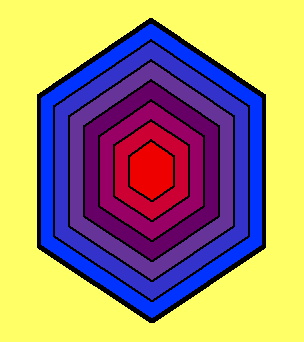
| tetrahedron | mineral |
streak | transform boundary |
| aphanitic | facies | mantle | xenolith |
| phaneritic | diagenesis | lithosphere | sill |
| p wave | travertine | aesthenosphere | batholith |
| s wave | graded bed | continental crust | porphyritic |
| moho | caldera | oceanic crust | mafic |
| cleavage | rhyolite | lahar | quartz arenite |
| metasomatism | foliation | unconformity | protolith |
| index fossil | isotope | half-life | cleavage |
| saltation | argillaceous | isostacy |
isotope |
